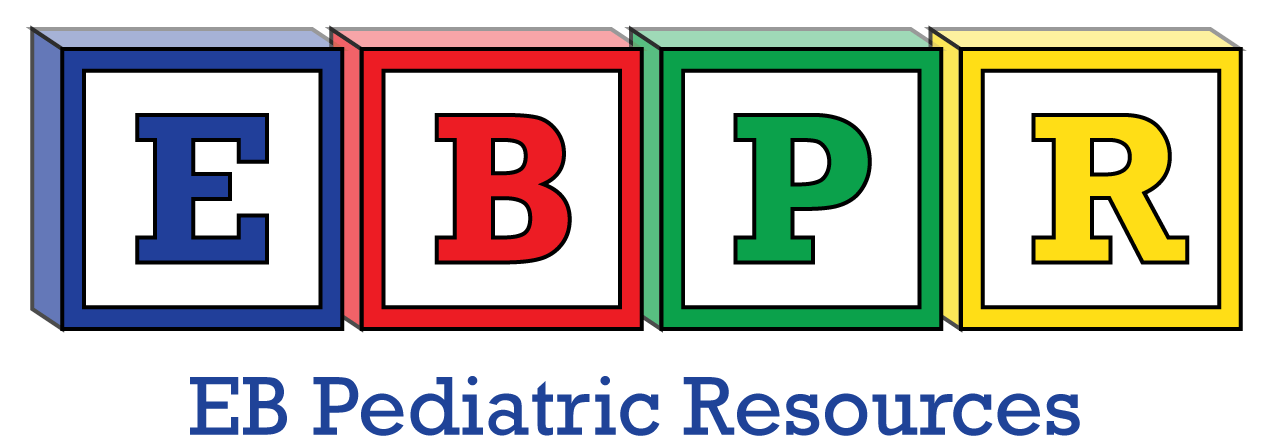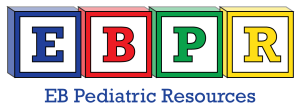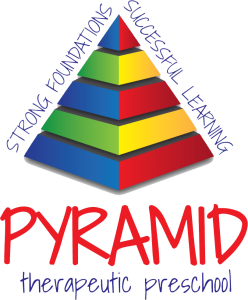Understanding the Differences Between ABA and Typical School Settings: A Guide for Parents
As parents, navigating the educational landscape for our children can be overwhelming, especially when considering different approaches to learning and behavior management. Two prominent options are Applied Behavior Analysis (ABA) therapy and typical school settings. Understanding the key differences and benefits of each can help you make informed decisions about your child’s education, particularly for children aged 3 to 6 years.
What ABA Can Offer
1. One-on-One Support to Increase Skills
One of the primary advantages of ABA therapy is the individualized attention each child receives. In an ABA setting, your child typically works one-on-one with a trained therapist, allowing for tailored interventions that specifically target their unique needs. This focused approach can lead to significant progress in various areas, such as communication, social skills, and daily living skills.
2. Direct Work on Behaviors
ABA therapy isn’t just about academics; it also directly addresses behaviors that affect your child’s success at home, school, and in the community. By identifying specific behaviors and implementing targeted interventions, ABA helps children learn new skills and reduce challenging behaviors in multiple environments.
3. Individualized Curriculum
Unlike a typical classroom that follows a generalized curriculum, ABA utilizes an individualized curriculum based on your child’s strengths, interests, and developmental level. This ensures that your child is engaged and motivated, leading to more effective learning outcomes.
4. Parent Training for Generalization
ABA programs often include parent training sessions, equipping you with strategies to support your child’s learning and behavior at home. This training helps generalize skills learned in therapy to everyday situations, reinforcing progress and making it easier for your child to apply what they’ve learned.
What Schools Offer
1. Teacher Support Structure
In a typical school setting, a single teacher, often supported by a few aides, must cater to a large classroom of students. This structure can make it challenging to provide individualized attention to each child, particularly those with unique learning needs.
2. General Curriculum
Schools usually follow a general curriculum designed for the broader student population. While this is effective for many children, it may not meet the specific needs of those who require additional support or alternative learning strategies.
3. General Behavior Interventions
Behavioral interventions in schools tend to be broad and less individualized. They are often applied uniformly to all students, which may not effectively address the unique challenges faced by some children.
Why ABA Can Be Beneficial for Young Learners
1. Skill Development for Classroom Readiness
ABA therapy focuses on developing the skills necessary for success in a typical classroom setting. By providing one-on-one instruction and tailored interventions, children can work on foundational skills like listening, following directions, and engaging with peers in a controlled environment.
2. Repetitive Practice in a Controlled Environment
Young children often benefit from repetition when learning new skills. ABA therapy provides structured opportunities for repeated practice, which can help solidify understanding and increase retention. This is especially important for young learners who thrive in predictable settings.
3. Transition Planning
Effective ABA programs include transition plans that help children move smoothly from the therapy environment to a school setting. This can ease anxiety for both the child and the parents, as specific strategies are implemented to support this critical change.
4. Focused Social Skills Development
Social skills are vital for success in school and beyond. ABA therapy places significant emphasis on teaching these skills in context, allowing children to practice interactions and learn appropriate responses in a safe and supportive environment.
5. Flexibility in Learning Styles
Every child has a unique learning style, and ABA’s individualized approach allows for flexibility in how skills are taught. This adaptability can help children grasp concepts in ways that resonate with them, making learning more effective and enjoyable.
EB Pediatric Resources Transitional Pre-K Program
At EB Pediatric Resources, our Transitional Pre-K Program is specifically designed to prepare your child for their next steps in education. Here’s how our program stands out:
Individualized Duration
The length of time your child spends in our program is determined collaboratively with you, considering your child’s unique needs and progress. This flexibility ensures that each child transitions when they are truly ready.
Focus on Preschool Life Skills
Our curriculum emphasizes essential preschool life skills that equip children for a traditional school environment. We work closely with each child to assess their readiness for school, ensuring they develop the foundational skills necessary for success.
Purposeful Transition Planning
We understand that transitioning to a new setting can be challenging. Our program includes purposeful transition planning to ease the child into their new school environment. This involves tailored strategies that help make the adjustment smoother for both the child and their family.
Conclusion
Both ABA therapy and traditional school settings have their strengths, but for children aged 3 to 6, the individualized, focused approach of ABA can offer significant benefits. From personalized support to targeted behavioral interventions, ABA provides a nurturing environment that prepares children for future academic success while supporting their overall development. As parents, understanding these differences can empower you to make the best choices for your child’s educational journey.
Kailey Rawston, BCBA



